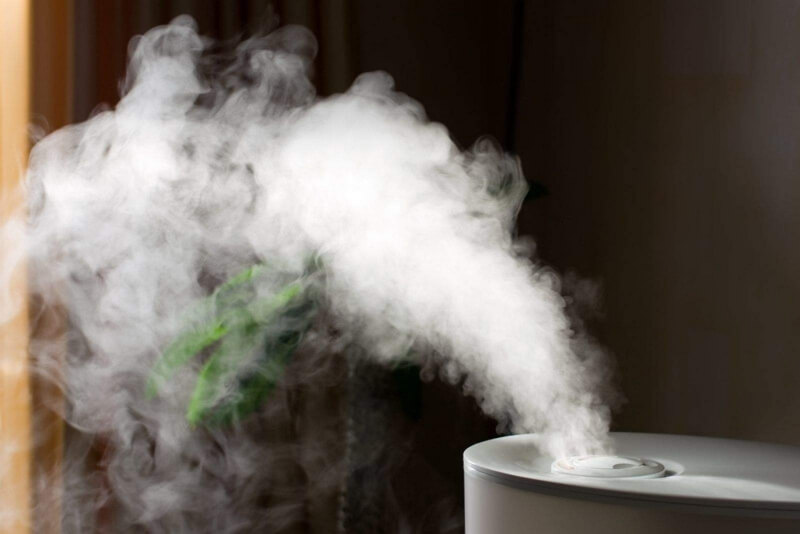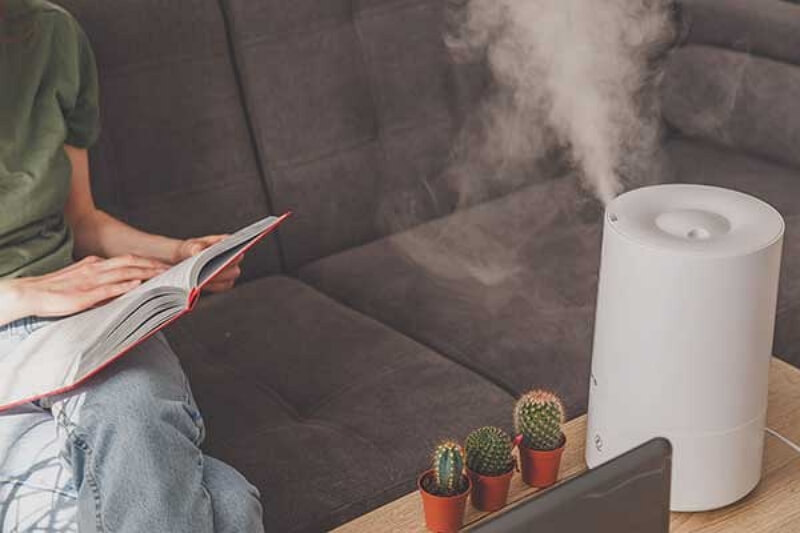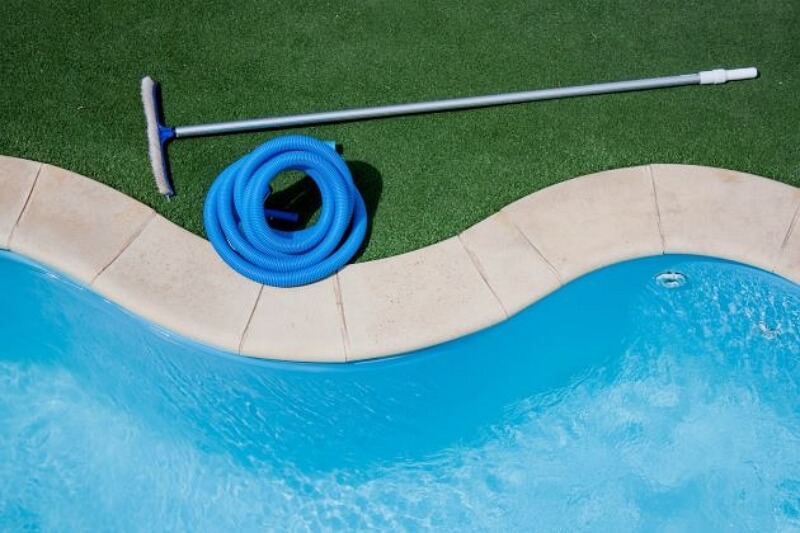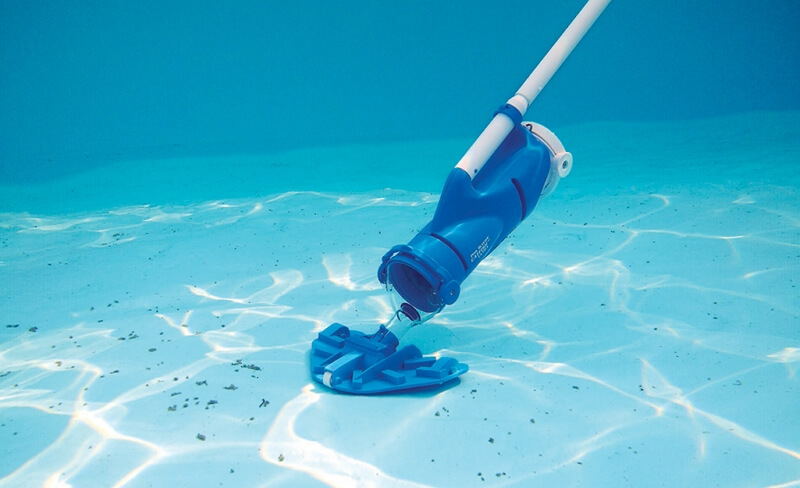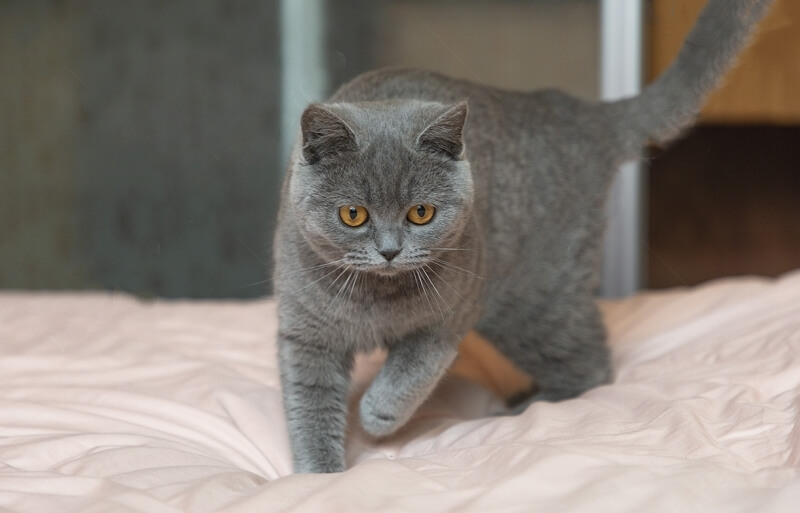Indoor air quality plays a pivotal role in our overall well-being, and a humidifier stands as a versatile appliance to enhance that quality. It relieves respiratory issues, reduces static electricity, and even preserves wooden musical instruments. Like any equipment, a humidifier's effectiveness greatly depends on its proper usage. One key aspect often overlooked is strategically planning where to put humidifiers.
Just as the right lighting can transform a room's ambiance, knowing exactly where to put humidifiers can maximize their efficiency and effectiveness. This guide will delve into the art of optimal humidifier placement, helping you create a healthier and more comfortable atmosphere in your home.
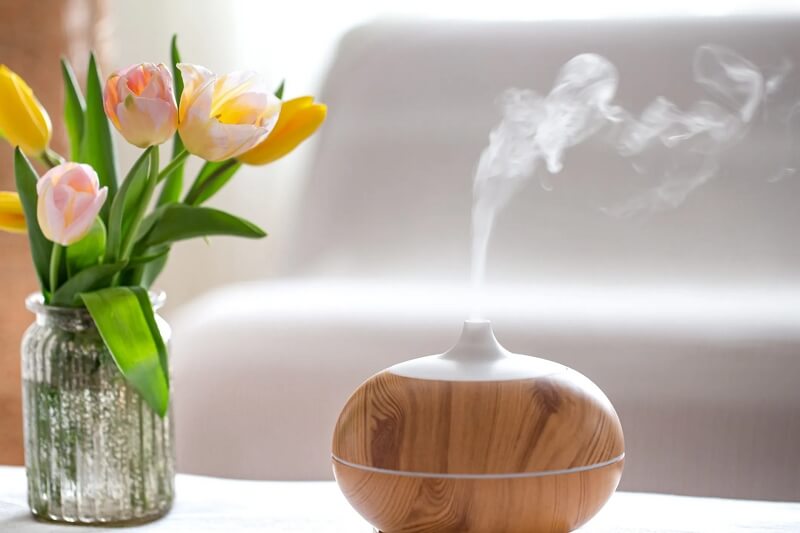

Part 1. What Does a Humidifier Do?
Before digging into where to put humidifiers, you should understand their functioning. A humidifier is a unique device that adds moisture to the air in indoor spaces, thereby increasing the humidity level. It releases water vapor into the surrounding environment, effectively countering dry air. This is particularly beneficial during the colder months when your indoor heating systems tend to strip the air of its natural moisture.
The humidification process performed by the device has a multitude of advantages. It can alleviate discomforts caused by dry air, such as dry skin, irritated nasal passages, and sore throats. Furthermore, your furniture, wood floors, and other belongings stay safe from cracks and damage.
Part 2. How Does a Humidifier Work?
Humidifiers work by producing moisture and then releasing it into the air. This helps you achieve a room's ideal humidity level, which usually ranges between 30% and 50%. However, how this moisture is produced in a humidifier varies depending on the type. Some common types of humidifiers, along with their working, are mentioned below:
Evaporative Humidifiers
Evaporative humidifiers draw in dry air and pass it through a wet wick or filter. The air absorbs moisture from the wet surface and is then released back into the room at a higher humidity.
Ultrasonic Humidifiers
On the other hand, ultrasonic humidifiers utilize ultrasonic vibrations to break water into fine mist particles, which are then expelled into the air. These humidifiers are popular for their quiet operation and energy efficiency.
Steam Humidifiers
Steam humidifiers heat water to create steam, which is cooled slightly before being released into the air. This method effectively eliminates bacteria and impurities from the moisture, making it a hygienic option.
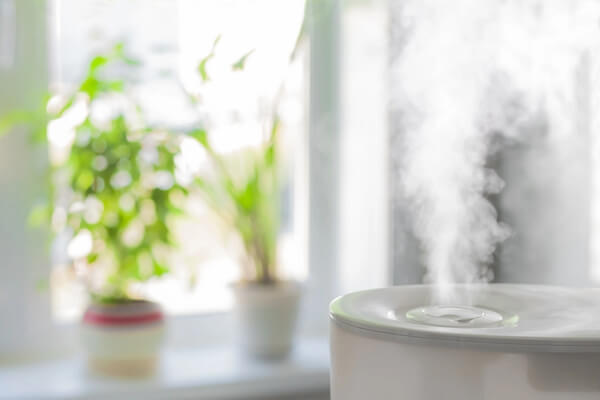

Part 3. Where to Put Humidifier in Living Room?
Placing a humidifier in a living room requires thoughtful consideration to ensure effective humidity distribution and optimal comfort. Here are some basic rules that answer your question about where to put humidifier in living room:
- Position the humidifier in a central area of the living room to achieve even humidity distribution. This helps prevent excessive moisture buildup in one corner while leaving others dry.
- Place the humidifier on an elevated surface, around 50 cm above, such as on a small table or countertop. This prevents the mist from settling on the floor and promotes better moisture circulation throughout the room.
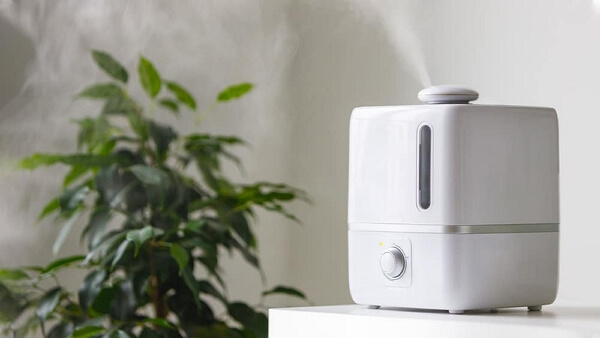

- To avoid moisture damage, keep the humidifier away from electronic devices, such as TVs and computers. Water vapor can harm sensitive electronics, so maintaining a safe distance is crucial.
- Position the humidifier away from direct sunlight to prevent heat buildup and minimize the risk of mold growth. Sunlight can also cause water to evaporate quickly, reducing the effectiveness of the humidifier.
- Choose a humidifier size appropriate for your living room. Large humidifiers in a small room may increase humidity levels above 50 to 60%, causing mold growth, while small ones may not help you achieve the desired humidity level.
Part 4. Where to Place Humidifier in Bedroom?
Strategic positioning of a humidifier in your bedroom is key to enhancing your sleep environment. A recommended guideline is to position the humidifier at least 3 feet away from where you sleep. Doing so helps you receive the benefits of increased humidity without directly exposing yourself to excessive moisture.
Additionally, make use of a hygrometer, as it's helpful to measure the humidity levels in your room and identify areas that may benefit from additional moisture. If there's an arid area in your room, place the humidifier there and let the device balance the indoor humidity levels.


Part 5. Where to Put Humidifier in Nursery?
Where to put humidifier in a nursery requires careful consideration to ensure a comfortable and safe environment for your little one. It's because optimal humidity levels can help alleviate respiratory discomfort and dry skin often experienced by infants. A recommended spot for the humidifier is on a flat, elevated surface, such as a dresser or a sturdy table, 3 to 4 feet away from the crib or bassinet.
This position helps prevent excessive moisture exposure, which can lead to dampness or discomfort. Furthermore, avoiding direct airflow towards the crib is essential to prevent drafts that could disturb the baby's sleep. If the nursery has a ceiling fan or air conditioning vent, ensure the humidifier is positioned in a way that doesn't direct the mist toward these sources of airflow.
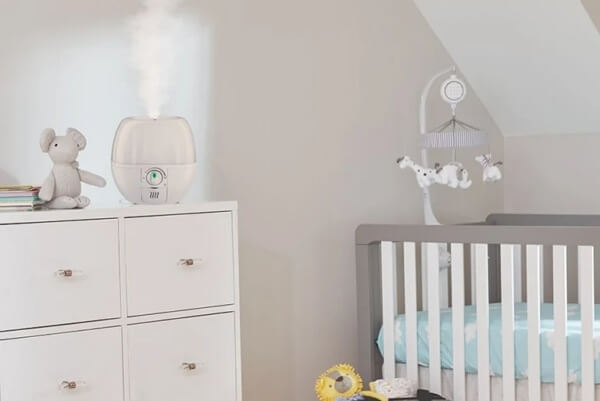

Bonus 1: Here Is One of the Best Humidifiers in 2023!
You can experience heightened focus and productivity with the AiDot Syvio Air Humidifier featuring Auto Shut-off. This innovative humidifier creates a comfortable atmosphere, shielding you from congestion and dryness, thereby enhancing your ability to concentrate and excel in your tasks. Its whisper-quiet ultrasonic technology offers tranquility by emitting a gentle sound of only 24dB, quieter than leaves rustling.
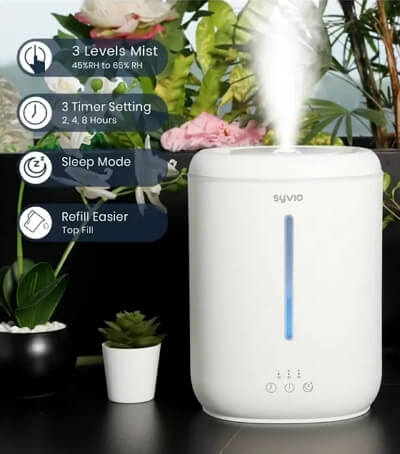

- 2 in 1 Humidifier & Aroma Diffuser
- 3 Level Mist Setting Mode
- Optional Timer Setting
- Auto Shut-off Design
- Quiet Sleep Mode
- BPA-Free & Easy to Refill, Clean
[Bonus Now]: Here is an exclusive coupon code only found in blog posts. Save it now (AiDotBG01) and get 10% off at AiDot mall!
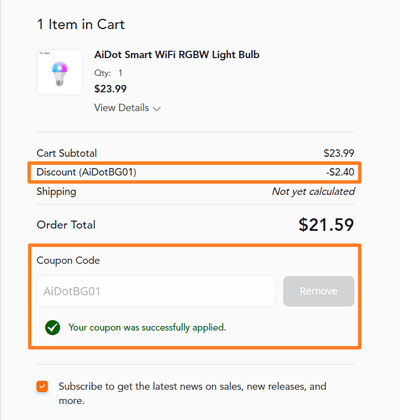

Bonus 2: FAQs About Humidifiers
1. Is it OK to use a humidifier in a closed room?
Yes, using a humidifier in a closed room is acceptable. However, you should keep an eye on humidity levels to avoid over-moisturizing the air. Excessive humidity in your room promotes mold growth, which may cause health issues and damage your belongings.
2. Should you sleep with a humidifier?
Sleeping with a humidifier can be beneficial, as it can help alleviate dry nasal passages and throat discomfort, contributing to more comfortable sleep. However, it's crucial to maintain a balanced humidity level and position the humidifier away from your immediate vicinity to prevent excessive moisture exposure.
3. Where to put humidifier when sick?
If you're sick, placing a humidifier in your bedroom can be especially helpful. Position it near your bedside, around 3 feet away, to provide soothing moisture for your respiratory passages. This can ease congestion, alleviate dry throat, and help you breathe comfortably as you rest.
Conclusion
In conclusion, understanding where to put humidifiers is essential to harness their benefits effectively. Strategic positioning ensures balanced humidity levels that enhance comfort and well-being, whether in a living room, nursery, or during illness.
The AiDot Syvio Air Humidifier can be an ideal pick for those seeking an advanced humidification solution. Its whisper-quiet ultrasonic technology, auto shut-off feature, ample coverage, and easy maintenance make it the best solution. So, contact us and elevate your environment with the AiDot Humidifier and experience enhanced focus, tranquility, and improved overall quality of life.














